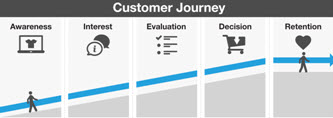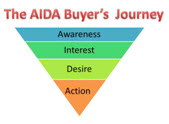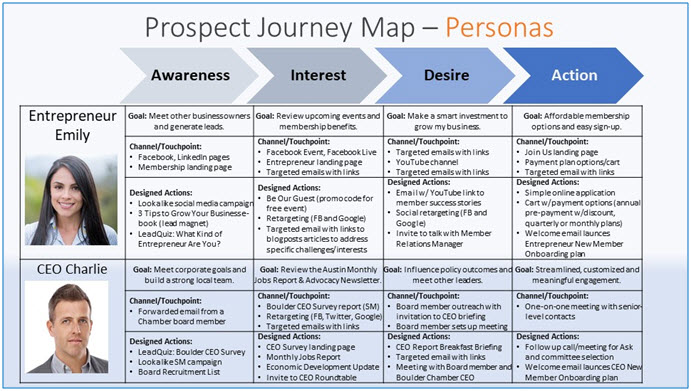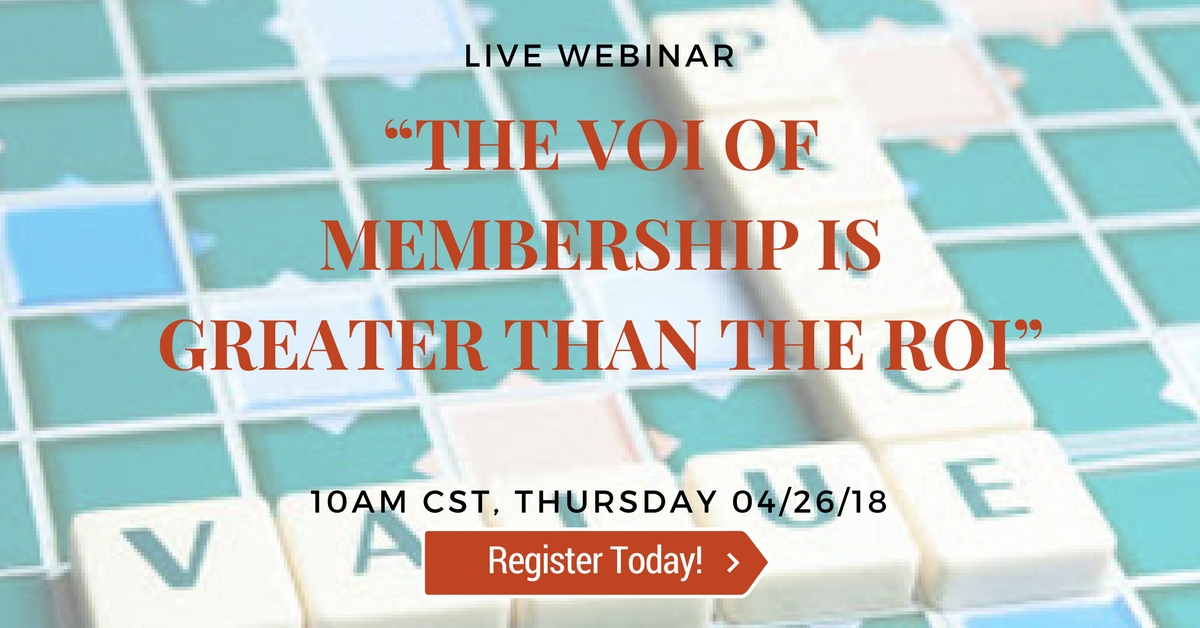If you’re still recruiting members the way you did in 1999 (or 2009), your process is outdated and your retention strategy is flawed by design.
What drives prospects to learn more about your organization and compels them to become members? What if you could create the ideal journey for prospects to move from initial Awareness to Joining without peer-pressure membership campaigns or hard-nosed sales execs? And what if prospects felt like they were driving the process and the decision to join? Wouldn’t that be sweeter!

Instead of a fairy tale that disappears when you wake up, you could design a Prospect Journey Map to help prospects discover your organization, consider becoming members and take action to join. Today’s technology platforms and tools can help to recruit smarter and automate the process.
Customer Journey Maps
You may be envisioning something you might see in Google Maps, but this type of map looks very different. A Customer Journey Map is a visual or graphic interpretation of the overall story from an individual’s perspective of his/her experience with your organization/service/product/brand over time. The image on the left is a good overall depiction of the membership life cycle although there should be a few more “stages” between Decision and Retention.

Here’s what you need to know about Customer Journey Maps:
- The story is told from the customer’s perspective and emphasizes the important intersections between their expectations and your business requirements.
- It uses on an outside-in approach that helps your organization evolve from a transactional approach to one that focuses on long term relationships with customers built on respect, consistency and trust.
- Managing these journeys keeps your customers in the forefront and helps to uncover opportunities to build better experiences for them.
- Journey maps include personas (your intended audience), timelines, customer emotions (during interactions), touchpoints and channels (e.g., website/mobile, blogs, social media posts/ads, emails, calls, face-to-face interactions).
The Four Stages of Member Acquisition
You could create a Prospect Journey Map using the AIDA model (which has been around for a long time—the late 1990’s). The model describes four stages starting from when customers first become aware of an organization to taking action with a buying decision and is based on the assumption that customers move through a series of cognitive (thinking) and affective (positive feelings about the brand) stages before moving to action behaviors (buy/join).

Using the AIDA stages, your Prospect Journey Map serves as a guided path to convert prospects into members. A sample below shows an intended path to recruit two types of new members to the organization.

5 Common Mistakes in Creating Prospect Journey Maps
Keep these mistakes in mind to avoid creating maps that look good on paper but don’t work well:
- Created by staff only—effective journey maps are designed around prospect’s interests and pain points. Get feedback from newer members to see how the map resonates with them.
- Assuming customers follow a linear path—not all prospects will move from one stage to another in consecutive order; some may never advance from the first stage or the second and not all will join.
- One-size-fits-all map—prospects have different interests and reasons to engage and customized journey maps can be created to align for different personas.
- Missing touchpoints in the journey map—“the proof is in the pudding” which means maps need to be tested and refined as it’s difficult to think of everything that should be included or not.
- No action plan or follow through—creating a journey map that involves your marketing/communications, membership, advocacy and event staff to respond and they and then don’t fulfill customer expectations is a waste of time and money. Make sure your “backstage” or internal mechanisms are aligned to provide a positive and seamless experience for prospects.
Once you have developed the Prospect Journey Map, you can leverage technology and automated marketing tools (e.g., Hubspot, Marketo) to create campaigns that can generate new leads and members. It’s never been a better time to change your marketing approach to educate, engage and recruit new members. The technology is here and all it takes is your willingness to be customer-centric.
Cathi Hight helps organizations manage constant change, develop customer-centricity and communicate value to stakeholders. She is President of Hight Performance Group and the developer of The Member Retention Kit, A New Approach to Tiered Membership, and Work Smarter, Not Harder programs. Learn more at www.hightperformance.com.


